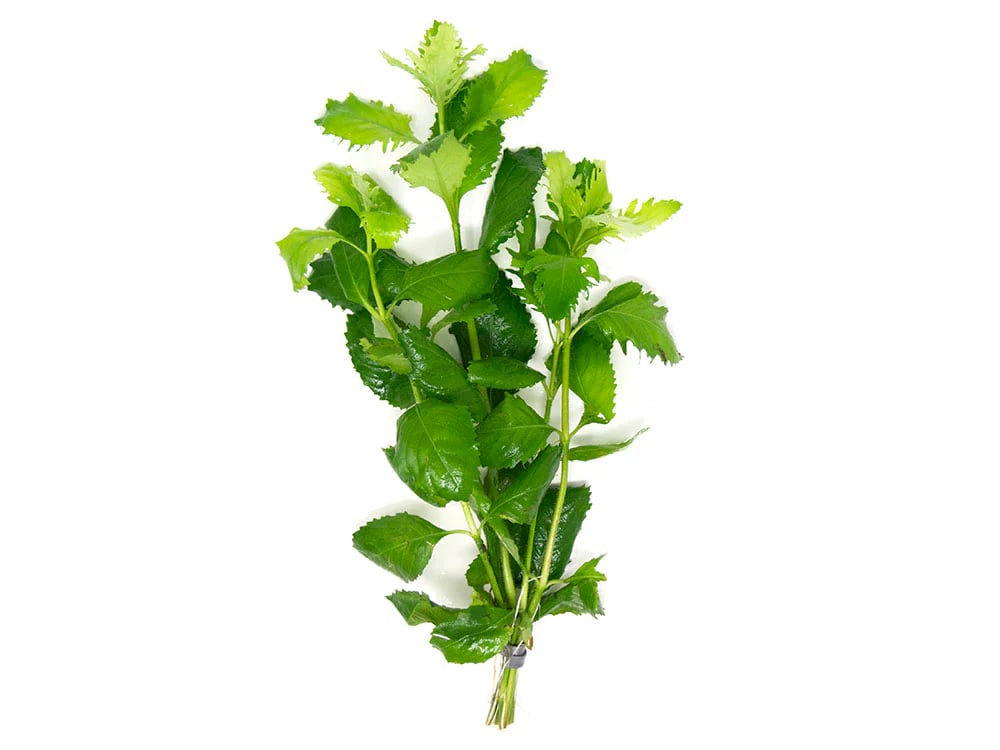Discover the essential tips for cultivating vibrant and thriving water wisteria plants in your aquarium or pond.
Understanding Water Wisteria Plant Basics
Water wisteria (Hygrophila difformis) is a popular aquatic plant that is commonly used in aquariums and ponds. It is known for its beautiful foliage and easy care requirements. Understanding the basics of water wisteria plants is essential for successfully growing and maintaining them in your aquatic environment.
Water wisteria is native to India and can be found growing in freshwater lakes, rivers, and streams. It is a versatile plant that can adapt to various water conditions, making it suitable for both beginners and experienced aquarists.
The leaves of water wisteria are long and narrow, resembling the shape of a wisteria vine. They are typically green in color, but can sometimes exhibit a reddish hue under certain lighting conditions. The plant can grow up to 20 inches tall and can spread out horizontally, creating a lush and dense appearance in your aquarium or pond.
Water wisteria is an excellent plant for providing shelter and hiding spots for small fish and invertebrates. It also helps to oxygenate the water and absorb excess nutrients, which can help prevent the growth of algae.
To successfully grow water wisteria, it is important to provide the optimal growing conditions, including the right amount of light, water temperature, and nutrient levels. By understanding these basic requirements, you can ensure that your water wisteria plants thrive in your aquatic environment.
Optimal Growing Conditions for Water Wisteria
Water wisteria is a relatively hardy plant that can tolerate a wide range of water conditions. However, providing the optimal growing conditions can help promote healthy growth and vibrant foliage.
Lighting is an important factor to consider when growing water wisteria. The plant prefers moderate to high lighting conditions, ideally around 2 to 3 watts per gallon of water. You can use fluorescent or LED lights specifically designed for aquariums to provide the necessary light intensity.
In terms of water temperature, water wisteria thrives in temperatures between 72 to 82 degrees Fahrenheit (22 to 28 degrees Celsius). It can tolerate slightly lower or higher temperatures, but extreme fluctuations should be avoided.
Water wisteria benefits from the presence of nutrients in the water. It can absorb nutrients from the water column and through its roots. To ensure an adequate nutrient supply, you can use a liquid fertilizer specifically formulated for aquarium plants. It is important to follow the dosage instructions provided by the manufacturer to avoid over-fertilization, which can be detrimental to the health of the plant.
In addition to lighting, temperature, and nutrients, water wisteria also requires a clean and well-maintained aquatic environment. Regular water changes and filtration are essential to remove excess waste and maintain water quality. Proper filtration can also help to prevent the accumulation of debris and algae, which can negatively impact the growth of water wisteria.
By providing the optimal growing conditions, you can ensure that your water wisteria plants thrive and add beauty to your aquarium or pond.
Proper Planting and Maintenance Techniques
Proper planting and maintenance techniques are crucial for the successful growth and long-term health of water wisteria plants.
When planting water wisteria, it is important to choose a suitable substrate. The plant prefers a nutrient-rich substrate, such as aquarium soil or a mixture of gravel and laterite. This provides a solid base for the roots to anchor and absorb nutrients from.
To plant water wisteria, gently remove the plant from its container and carefully separate the individual stems. Dig small holes in the substrate and place each stem into a hole, making sure the roots are covered. Gently press the substrate around the roots to secure the plant in place.
Regular maintenance is essential to keep water wisteria plants healthy and looking their best. This includes pruning any dead or yellowing leaves and trimming overgrown stems. Pruning helps to promote new growth and maintain the shape and density of the plant. You can use clean scissors or pruning shears to remove unwanted parts of the plant.
In addition to pruning, it is important to monitor the overall health of the plant. Look out for signs of nutrient deficiencies, such as yellowing or stunted growth. Adjusting the water parameters and providing additional nutrients can help address these issues.
By following proper planting and maintenance techniques, you can ensure the long-term health and beauty of your water wisteria plants.
Preventing Common Issues and Pests
While water wisteria is generally a hardy plant, it can still be susceptible to certain issues and pests. Taking preventive measures can help keep your plants healthy and thriving.
One common issue with water wisteria is the presence of algae. Algae growth can be controlled by maintaining proper water parameters, providing adequate lighting, and ensuring a clean and well-maintained aquatic environment. Regular water changes and filtration are important to prevent the accumulation of excess nutrients, which can promote algae growth.
Another potential issue is nutrient deficiency. If your water wisteria plants exhibit yellowing leaves or stunted growth, it may indicate a lack of essential nutrients. Adjusting the water parameters and providing a balanced liquid fertilizer can help address this issue.
In terms of pests, water wisteria can sometimes attract snails. While some snails can be beneficial for cleaning up algae and decaying matter, excessive snail populations can damage the plants. To control snail populations, you can manually remove them or introduce snail-eating fish or invertebrates to your aquarium or pond.
Regular monitoring and preventive measures can help keep your water wisteria plants healthy and free from common issues and pests.
Pruning and Propagation Methods
Pruning and propagation are important techniques for maintaining the health and promoting the growth of water wisteria plants.
Regular pruning helps to remove dead or decaying leaves, promote new growth, and maintain the shape and density of the plant. You can prune water wisteria by using clean scissors or pruning shears to trim the unwanted parts of the plant. It is recommended to prune the plant regularly to prevent it from becoming overgrown.
Water wisteria can be easily propagated through stem cuttings. To propagate the plant, select a healthy stem and cut it just below a leaf node. Remove any leaves from the lower portion of the cutting and place it in a separate container filled with water or a suitable substrate. Within a few weeks, the cutting will develop roots and can be planted in its own container or added to an existing aquarium or pond.
Propagation through stem cuttings allows you to create new water wisteria plants and expand your collection. It is an easy and cost-effective way to propagate the plant.
By practicing proper pruning and propagation methods, you can ensure the continued growth and beauty of your water wisteria plants.
Additional Resources:
All About Live Aquarium Plants
Creating A Natural Habitat: Banana Plants




Leave a Comment